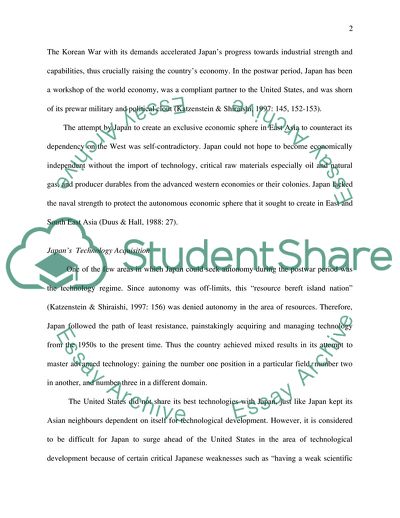Cite this document
(The Emergence of Japan as the Dominant Force Case Study, n.d.)
The Emergence of Japan as the Dominant Force Case Study. https://studentshare.org/history/1714257-the-possible-emergence-of-japan-as-the-dominent-force-in-the-east
The Emergence of Japan as the Dominant Force Case Study. https://studentshare.org/history/1714257-the-possible-emergence-of-japan-as-the-dominent-force-in-the-east
(The Emergence of Japan As the Dominant Force Case Study)
The Emergence of Japan As the Dominant Force Case Study. https://studentshare.org/history/1714257-the-possible-emergence-of-japan-as-the-dominent-force-in-the-east.
The Emergence of Japan As the Dominant Force Case Study. https://studentshare.org/history/1714257-the-possible-emergence-of-japan-as-the-dominent-force-in-the-east.
“The Emergence of Japan As the Dominant Force Case Study”. https://studentshare.org/history/1714257-the-possible-emergence-of-japan-as-the-dominent-force-in-the-east.


